Premium Only Content
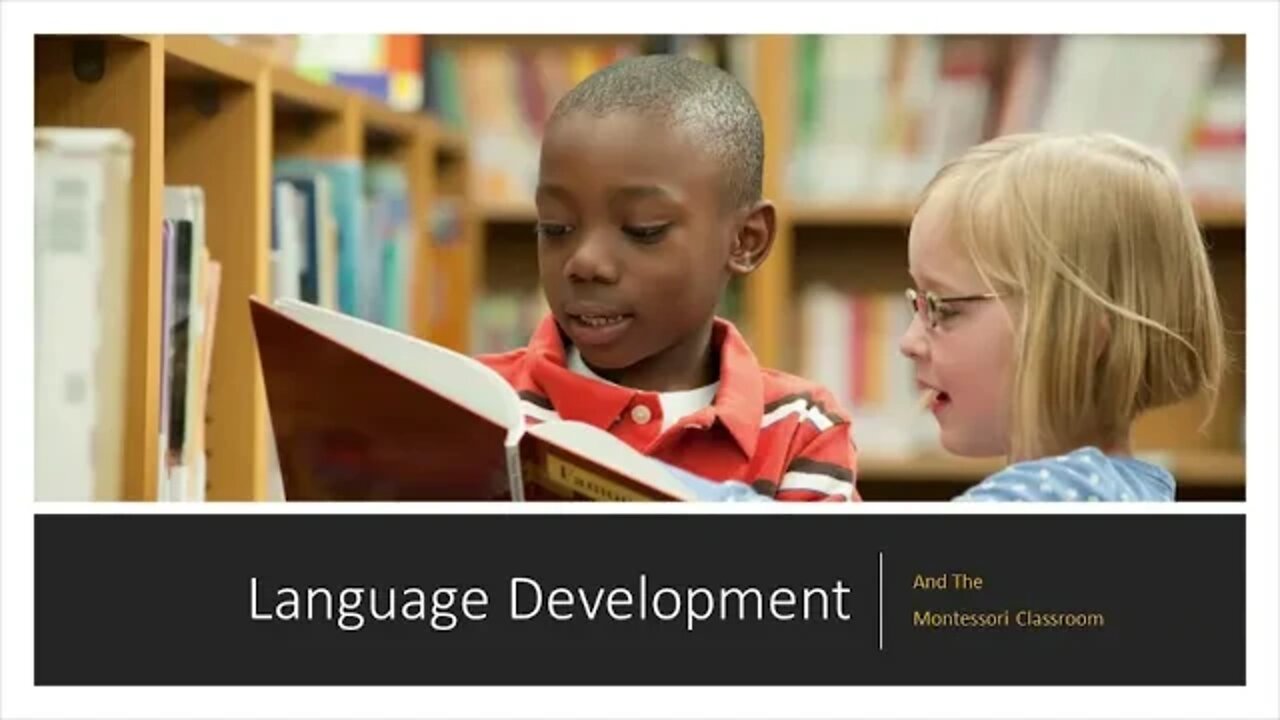
The Development of Language Series (Part 1/4): How Language Develops
Timecodes:
0:00 Intro (Content and Source Info)
3:32 The Importance of Theory/Centers involved for the Acquisition of Language
6:07 Two Stages of Development
7:49 Timeline of Development
19:53 Language in the Children's House (Montessori ages 3-6)
34:56 Basic Language Materials Used in the Children's House
43:47 Language in the Math, Sensorial, and Practical Life Areas
Website Sources:
http://dyslexiahelp.umich.edu/professionals/dyslexia-school/phonological-awareness
http://www.defeat-dyslexia.com/2016/04/a-quick-guide-to-dyslexia-and-working-memory/
https://dyslexiaida.org/working-memory-the-engine-for-learning/
https://ortongillinghamonlinetutor.com/rapid-automatized-naming-and-fluency/
https://ortongillinghamonlinetutor.com/the-big-five-teaching-syllable-types/
Montessori Sources:
Lillard, Paul Polk. (1972). Montessori a modern approach: the classic introduction to Montessori for parents and teachers. New York, NY: Schocken Books Inc.
Montessori, Maria. (Vol 1). (2007). The absorbent mind. Amsterdam, The Netherlands: Montessori-Pierson Publishing Company.
Montessori, Maria. (Vol 2). (2017). The discovery of the child. Amsterdam, The Netherlands: Montessori-Pierson Publishing Company
Standing, E.M. (1957) Maria Montessori: her life and work. New York, NY: Penguin Group.
Montessori Institute of San Diego
Academic Sources (paywall)
Bratsch-Hines, M., Vernon-Feagans, L., Pedonti, S., & Varghese, C. (2019). Differential effects of the targeted reading intervention for students with low phonological awareness and/or vocabulary. Learning Disability Quarterly, 43(4), 214–226. https://doi.org/10.1177/0731948719858683
Catts, H. W., McIlraith, A., Bridges, M. S., & Nielsen, D. C. (2016). Viewing a phonological deficit within a multifactorial model of dyslexia. Reading and Writing, 30(3), 613–629. https://doi.org/10.1007/s11145-016-9692-2
Crosby, S. A., Rasinski, T., Padak, N., & Yildirim, K. (2014). A 3-year study of a school-based parental involvement program in early literacy. The Journal of Educational Research, 108(2), 165–172. https://doi.org/10.1080/00220671.2013.867472
Infurna, C. J., & Montes, G. (2020). Two years vs. one: The relationship between dosage of programming and kindergarten readiness. International Electronic Journal of Elementary Education, 13(2), 255–261. https://doi.org/10.26822/iejee.2021.188
Oslund, E. L., Simmons, D. C., Hagan-Burke, S., Kwok, O. M., Simmons, L. E., Taylor, A. B., & Coyne, M. D. (2014). Can curriculum-embedded measures predict the later reading achievement of kindergarteners at risk of reading disability? Learning Disability Quarterly, 38(1), 3–14. https://doi.org/10.1177/0731948714524752
Segal, A., & Martin-Chang, S. (2018). The apple doesn’t fall from the tree: parents’ readingrelated knowledge and children’s reading outcomes. Reading and Writing, 31(5), 1231–1247. https://doi.org/10.1007/s11145-018-9837-6
Vellutino, F. R., Scanlon, D. M., Zhang, H., & Schatschneider, C. (2007). Using response to kindergarten and first grade intervention to identify children at-risk for long-term reading difficulties. Reading and Writing, 21(4), 437–480. https://doi.org/10.1007/s11145-007-9098-2
Zuk, J., Dunstan, J., Norton, E., Yu, X., Ozernov‐Palchik, O., Wang, Y., Hogan, T. P., Gabrieli, J. D. E., & Gaab, N. (2019). Multifactorial pathways facilitate resilience among kindergarteners at risk for dyslexia: A longitudinal behavioral and neuroimaging study. Developmental Science, 24(1). 1-18. https://doi.org/10.1111/desc.12983
Locals Community:
https://montessoriforeveryone.locals.com/
You can find my channel on YouTube AND Rumble
Email Me:
[email protected]
-
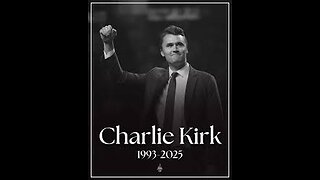 0:33
0:33
Base Ten Montessori Education
2 months ago $0.02 earnedThank you for everything, Charlie. We will miss you.
351 -
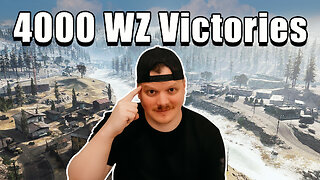 22:26
22:26
GritsGG
12 hours ago4000th Warzone Victory! Most Winning Warzone Player!
4.18K2 -
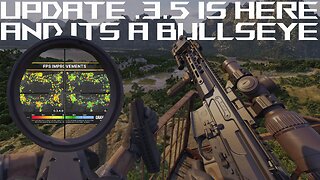 11:47
11:47
XDDX_HiTower
15 hours ago $1.24 earnedGZW LEVELS UP HARD WITH A PERFORMANCE AND GOL BULLSEYE
4.94K2 -
 31:59
31:59
Stephen Gardner
8 hours ago🔥TOP Dems CAUGHT in Epstein Payoff Scandal + Trump $2000 Check UPDATE!
11.3K59 -
 2:25:05
2:25:05
The Pascal Show
1 day ago $2.95 earned'THERE'S NOTHING TO HIDE?!' Trump SUDDENLY Urges House Republicans To Vote Release Epstein Files
5.6K1 -
 1:45:20
1:45:20
The Michelle Moore Show
19 hours ago'A Jaw-dropping Prophetic Word From the UFC Brawl On Saturday Night' Guest, Lt. Mark Taylor: The Michelle Moore Show (Nov 17, 2025)
20K41 -
 LIVE
LIVE
Lofi Girl
3 years agolofi hip hop radio 📚 - beats to relax/study to
330 watching -
 2:08:23
2:08:23
FreshandFit
13 hours agoDeVory Darkins Realizes Women Aren't Even TRYING To Get Married
198K74 -
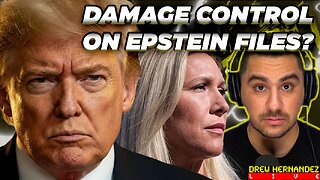 5:40:05
5:40:05
Drew Hernandez
1 day agoTRUMP DOES DAMAGE CONTROL AFTER MTG FALLOUT & DEFENDS TUCKER CARLSON!
28K18 -
 27:05
27:05
Robbi On The Record
8 days ago $29.41 earnedThe Secret to Aging Strong: What Your Body’s Been Trying to Tell You
76.3K6